Fernando Valenzuela Phone Number, Fanmail Address, Autograph Request and Contact Details
If you want to know about Fernando Valenzuela’s real phone number and also look for Fernando Valenzuela’s email and fanmail address then, you are at the correct place! We are going to give you the contact information of Fernando Valenzuela like his phone number, email address, and Fanmail address details.
Fernando Valenzuela Contact Details:
REAL NAME: Fernando Valenzuela
NICKNAME: Fernando Valenzuela
DOB: 1 November 1960 (age 61 years),
BIRTHPLACE: Navojoa, Mexico
NATIONALITY: American
BIRTH SIGN: Scorpio
PROFESSION: Baseball pitcher
FATHER: Hermenegilda Anguamea de Valenzuela,
MOTHER: Avelino Valenzuela
SIBLINGS: Rafael Anguamea Valenzuela
SPOUSE /WIFE : Linda Valenzuela (m. 1981)
CHILDREN: Fernando Valenzuela Jr., Ricardo Valenzuela, Maria Fernanda Valenzuela, Linda Valenzuela
INSTAGRAM: https://www.instagram.com/explore/tags/fernandovalenzuela/
TWITTER: https://twitter.com/FerVal100
FACEBOOK: https://www.facebook.com/public/Fernando-Valenzuela
YOUTUBE CHANNEL: https://www.youtube.com/channel/UC0evag6IkYvBQeXF2ORiFlA
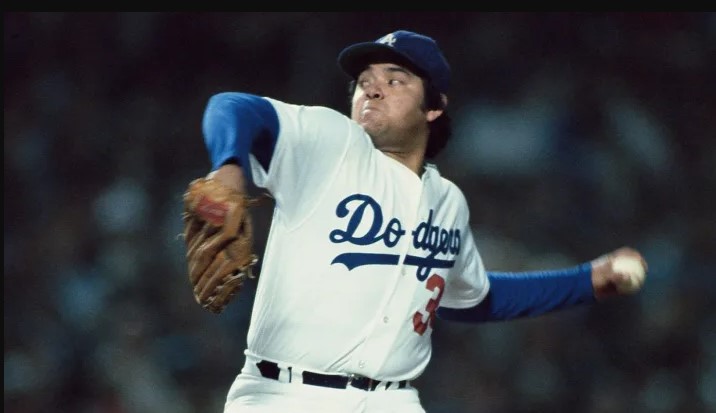
Fernando Valenzuela Bio
Born Fernando Valenzuela Anguamea on November 1, 1960, in Etchohuaquila, Mexico, Fernando Valenzuela is a Mexican professional baseball player whose career spanned 17 seasons in the major leagues of the United States. His nickname is “El Toro,” which means “the Bull.” His full name is Fernando Valenzuela Anguamea. While Valenzuela was playing in the Mexican League in 1977, he was seen by a scout from the Los Angeles Dodgers named Corito Varona. When I was 20 years old,
When Valenzuela started pitching for the Los Angeles Dodgers of the National League (NL) in the first game of the 1981 season and shut out the Houston Astros, he quickly gained the attention of baseball fans everywhere. Valenzuela concluded the strike-shortened season with a record of 13 wins and 7 losses, and he led the league in complete games (11), shutouts (8), innings thrown (192), and strikeouts. He also finished first in the league in complete games (180). While he was guiding the Dodgers to victory in the World Series, he was awarded the National League Rookie of the Year award and became the first rookie player to win the Cy Young Award, which is presented to the player deemed to be the greatest pitcher in each league.
Because to Valenzuela’s immense popularity, which led to the phenomena that came to be known as “Fernandomania,” the number of supporters present at away games in which he pitched climbed by an average of 9,000. He was revered as a national hero in Mexico, where he was born, and became a cultural figure in the Latino community in the United States. Following the conclusion of the 1981 season, Valenzuela went back to Mexico to play the winter season with Navojoa in the Mexican Pacific League close to his hometown. The stadiums of the various teams in the league were packed with supporters in order to give him a kind greeting.
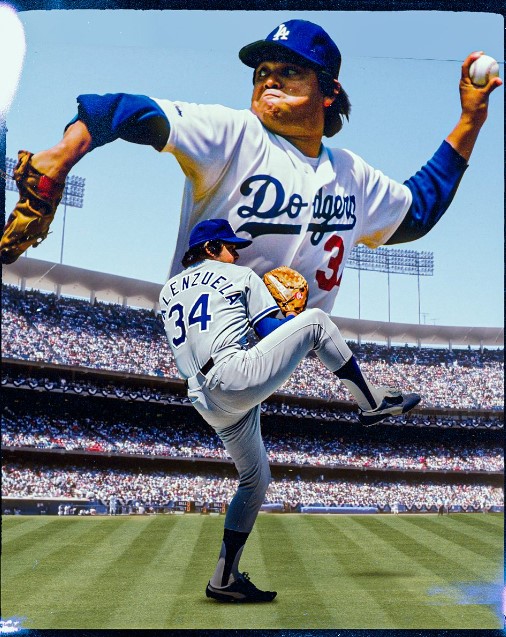
In his career, Valenzuela finished with a record of 173 victories and 153 defeats. His finest seasons were 1981, when he was a rookie, and 1986, when he led the National League in wins with 21 and had a league-high 20 complete games. His best seasons came in each of those years. During his 17 years in the big leagues, Valenzuela spent 11 of those years playing for the Los Angeles Dodgers. In addition, he played for the California Angels of the American League (AL), the St. Louis Cardinals and the Philadelphia Phillies of the National League (NL), the Baltimore Orioles of the American League for one season, and the San Diego Padres of the National League for nearly three full seasons.
In the first regular-season major league game ever played outside of the United States and Canada, which took place in Monterrey, Mexico in August 1996, Padres starting pitcher Fernando Valenzuela won the game for his team, the New York Mets. Judging by the ovation he received from the crowd, it was clear that he was still revered as a national hero in Mexico. Etchohuaquila is a former small town in Mexico that is now a part of the municipality of Navojoa in the Mexican state of Sonora. Valenzuela, the twelfth and youngest of a total of twelve children, was born there. His birth date is officially reported as November 1, 1960; nevertheless, after his outstanding rookie season in 1981, numerous onlookers speculated that he was quite a bit older than twenty despite the fact that his birth date is legally listed as November 1.
At the age of 17, Valenzuela started his career in professional baseball with the Guanajuato Tusks, where he had a record of 5-6 with a 2.23 earned run average. Although that may seem outstanding, the Mexican Center League had a low-offense environment, and the pitching staffs of three different teams had ERAs that were lower. He finished first in the MCL with 91 punchouts. Because of the merger that took place in 1979 between the MCL and the larger Mexican League, Valenzuela was promoted to the AAA level of play. He pitched for the Yucatan Lions and finished with a record of 10-12, a 2.49 earned run average and 141 strikeouts.
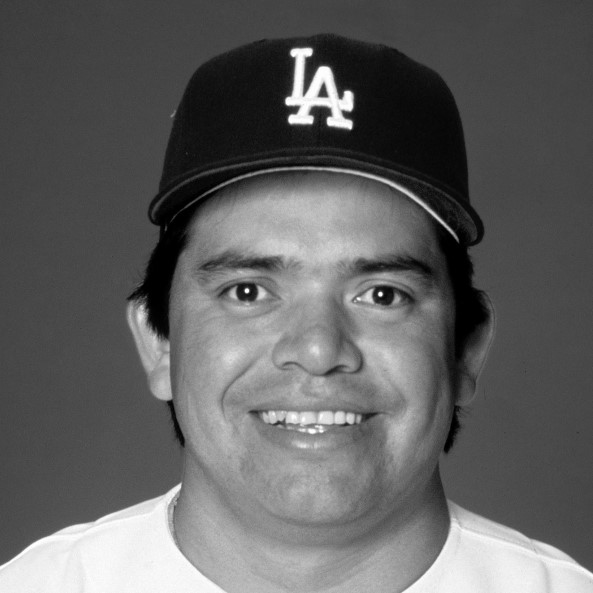
Valenzuela did not finish among the leaders in any important pitching statistics despite the fact that the Liga was going through a phase in which offensive production was at an all-time low. After being purchased by the Los Angeles Dodgers organization, he appeared in three games for the Lodi Dodgers of the California League and had a record of 1-2 with an earned run average of 1.13. In 1980, Fernando spent most of the season pitching for the San Antonio Dodgers, where he had a record of 13-9 with a 3.10 earned run average. He also led the Texas League with 162 strikeouts and finished third in ERA.
He was given a call-up late in the season by the Dodgers, and at the age of 19, he made his debut in the main leagues with them. During that season, he pitched in 10 games, all of which were relief appearances, and did not allow a single earned run to be scored against the Dodgers. As a result, the Dodgers were able to force a one-game playoff against the Houston Astros for the National League West Division championship. In 1981, while he was only a rookie, Fernando Valenzuela reached superstardom and started the phenomenon known as Fernandomania. During that season, he exploded into the scene, beginning the year with an undefeated 8-0 record and finished the year with a 13-7 record, a 2.48 earned run average, and a league-leading 180 strikeouts.
As a result of an injury to Jerry Reuss, he was given the opportunity to start on Opening Day, and he responded by tossing a five-hit shutout victory against the Houston Astros. Instantly becoming a huge celebrity in Los Angeles, particularly among the city’s Mexican population, who had been relatively indifferent about the Dodgers up to that point, he went 8-0 in his first 8 starts, recording 7 complete games, 5 shutouts, and allowing only 4 earned runs in 72 innings pitched. During that time, the city’s Mexican population had been relatively indifferent to the Dodgers. In addition to that, he was the leader among all pitchers with 11 complete games, eight shutouts, and innings thrown (192.1).
Not only did he take home the award for Rookie of the Year, but he also became the first rookie in history to ever take home the Cy Young Award, and he placed fifth in the voting for Most Valuable Player. His rookie season was capped off by him winning the deciding game of the 1981 National League Championship Series in a memorable pitching duel with the Montreal Expos’ Ray Burris and with the Dodgers winning the World Series against the New York Yankees, where Fernando won a game with a gutsy complete-game effort in Game 3 after the Yankees had won the first two contests. His rookie season was the highlight of his career.
His employment of a screwball, a rather uncommon pitch, was the key to his success. This pitch allowed him to be just as successful against right-handed hitters as he was against left-handers. This explains why it took opposing hitters so much time to acclimate to the pitch during his rookie season, since he was virtually the only pitcher in the majors throwing it at that time. Even when the pitch had lost some of its novelty, it continued to be an effective weapon for him, despite the toll it took on his arm.

In 2014, Fernando won the most votes among his fellow inductees into Mexico’s Hall of Fame, which included Daniel Fernández, Ricardo Sáenz, and Cuauhtémoc Rodriguez. Fernando was inducted into Mexico’s Hall of Fame in 2014. After the Dodgers had acquired Fernando Valenzuela in the summer of 1979, they sent him to the Lodi Dodgers of the High-A level California League (which is now known as the Rancho Cucamonga Quakes). There, in limited action, he compiled a record of 1-2 and had an earned run average of 1.13. [8] 1980 was the year that Valenzuela was promoted to the Double-A level with the San Antonio Missions. There Valenzuela was third in the Texas League in terms of earned run average and led the league with 162 strikeouts.
In September of 1980, Valenzuela was promoted to a role in the bullpen for the Los Angeles Dodgers. Valenzuela pitched 17 2/3 scoreless innings in relief over the course of 10 games during the last month of the season for the Dodgers, helping them to tie for first place in the Western Division with the Houston Astros. He also earned two victories and a save during that time. [10] After that, the Los Angeles Dodgers were defeated by the Houston Astros in a one-game playoff, and as a result, they did not win their division.
Valenzuela’s performances led to him being the odds-on favorite to win the league’s best rookie in 1981, and he didn’t disappoint, beginning the season with a record of 8-0, five shutouts, and an earned run average of 0.50. Valenzuela had an exceedingly odd yet flamboyant wind-up (looking upwards right before the peak of each pitch), which attracted attention to itself in addition to his dominance on the mound. This helped to highlight the fact that he was the dominant pitcher. Although he didn’t start doing it until after he signed with the Dodgers, he insists that it was always a natural habit for him.
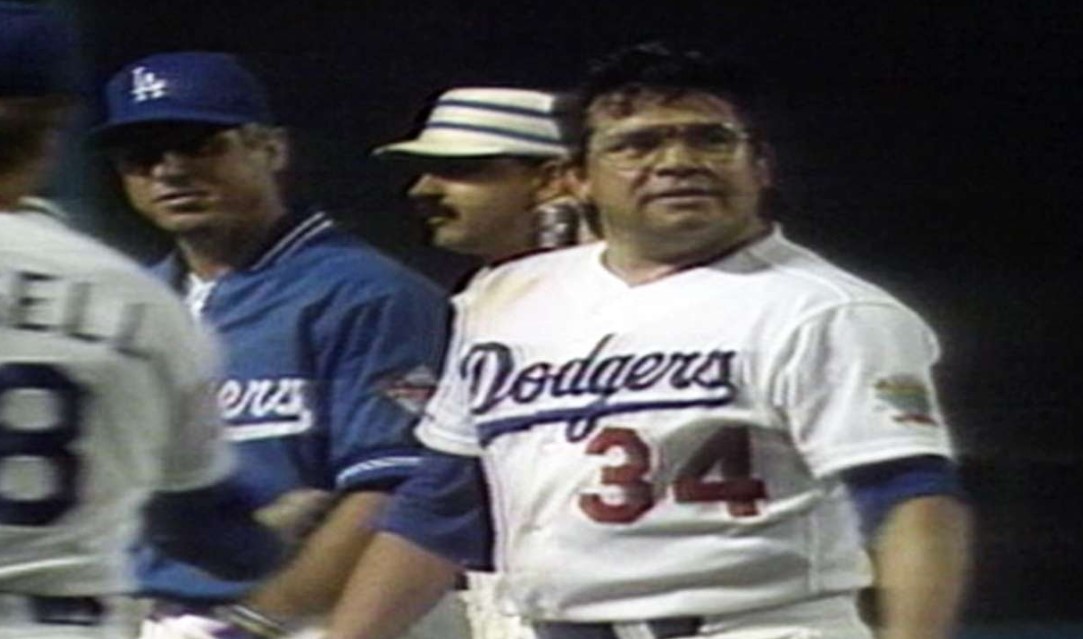
When he threw, he drew massive audiences from the Hispanic population in Los Angeles, and demand for his rookie baseball cards skyrocketed all across the nation. He became an instant star in the media. “Fernandomania” is the name that was given to the excitement that surrounded Fernando Valenzuela. After the player strike in 1981 wiped away the middle third of the season, Valenzuela’s dominance waned, but the left-hander still ended the season with a record of 13-7, an earned run average of 2.48, and a league-leading 180 strikeouts.
During that particular year, Fernando Valenzuela established himself as the first pitcher to win both the Rookie of the Year Award and the Cy Young Award in the same calendar year. In the postseason, Valenzuela threw a full game for the Los Angeles Dodgers against the New York Yankees in Game 3 of the 1981 World Series. This performance was a key factor in the Dodgers winning their first World Championship since 1965. Valenzuela earned a reputation for himself in baseball not just because of his abilities as a pitcher but also because of his hitting. In his first year of professional baseball, Valenzuela had a batting average of.250 and struck out just nine times in a total of 64 at-bats.
During that season and once again in 1983, Valenzuela was honored with the Silver Slugger Award, which is given to the best pitcher in the National League. Valenzuela had a career year in 1990 with the Los Angeles Dodgers, hitting.304 in 69 at-bats, with one home run, five doubles, and eleven runs batted in. This was his last season with the team. Valenzuela’s career stats include 10 home runs and 84 runs batted in from 936 total at-bats, which is about equivalent to two full seasons’ worth of at-bats for a player who plays a position full-time. At least twice during his time with the Dodgers, Valenzuela was required to play first base and the outfield in long extra-inning games despite the fact that he was not the starting pitcher.
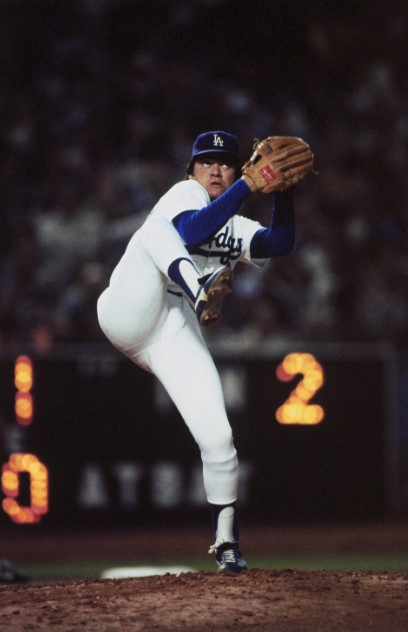
After an amazing first season, Valenzuela, who earned the fan moniker “El Toro,” settled into a number of years as a workhorse starter and established himself as one of the finest pitchers in the game. In 1986, he had one of his greatest seasons, finishing 21-11 with a 3.14 ERA and leading the league in wins, complete games, and innings were thrown. This was one of his best seasons overall. He came in second place for the Cy Young Award, but Mike Scott of the Astros edged him out. Valenzuela made history in the 1986 All-Star Game by striking out five straight hitters in the American League. This tied a record that had been achieved by fellow left-handed screwballer Carl Hubbell in the 1934 competition.
His record in 1987 was 14-14, and he had a 3.98 earned run average. He started to struggle in 1987. It was clear that he had a dead arm by the year 1988 when he only won five games and missed a significant portion of the season (the same year that the Dodgers won the World Series). He made his comeback in 1989 and went 10-13, but the next year he improved to 13-13. He had lost the ability to throw his superb screwball. On June 29, 1990, he had one more amazing moment when he pitched a 6-0 no-hitter against the St. Louis Cardinals only hours after Dave Stewart of the Oakland Athletics had thrown a no-hitter against the Toronto Blue Jays. This was his last great moment in baseball.
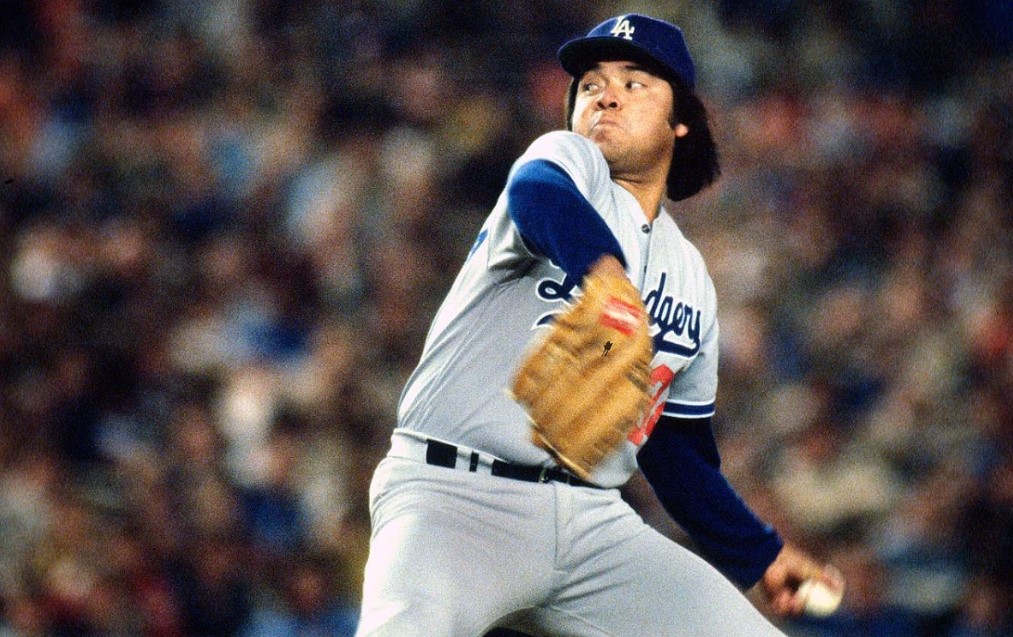
Valenzuela was let go by the Dodgers in 1991 as a result of his dismal performance as a pitcher during spring training. Later that summer, he made a futile effort at a return with the California Angels, but it was unsuccessful. After a short stint with the Baltimore Orioles in 1993, he went back to pitching in the Mexican League. When he wasn’t on the mound, he rotated between first base and the pitcher’s mound.
After spending the following several seasons splitting time between the major leagues and Mexico, he turned in one more successful season in the major leagues with the San Diego Padres in 1996, finishing 13-8 with a 3.62 earned run average. He played his last season with the St. Louis Cardinals under new manager Tony LaRussa and finished with a record of 173-153 and a 3.54 earned run average before retiring the following year.
In 1999, the Los Angeles Dodgers extended an invitation to him to participate in spring training, but he refused the offer. At the time, Valenzuela was almost 44 years old when he made the announcement on June 29, 2004, that he would return to the mound in the Liga Mexicana del Pacífico (the Mexican Pacific Coast League) to play for Los Aguila’s de Mexicali in October. During the 2005–2006 season, he pitched again in the Mexican winter league. This league was in the winter.
| Fernando Valenzuela | |
|---|---|
| Phone Number | NA |
| House address (residence address) | Navojoa, Mexico |
| Official Website | NA |
| Snapchat Id | NA |
| Whatsapp No. | NA |
| https://www.instagram.com/explore/tags/fernandovalenzuela/ | |
| https://www.facebook.com/public/Fernando-Valenzuela | |
| Spotify | NA |
| https://twitter.com/FerVal100 | |
| TicTok Id | NA |
| Email Address | NA |
| Office address | NA |
| Office Number | NA |
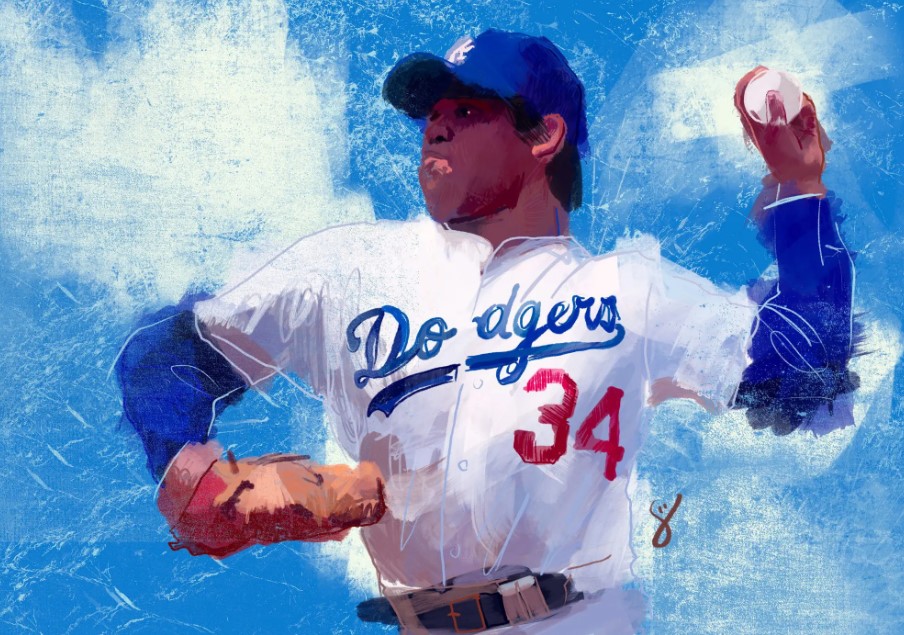
Best Methods to Contact Fernando Valenzuela:
It is simpler to contact Fernando Valenzuela with the below-written contact ways. We have composed the authenticated and verified communications methods data as given below:
1. Fernando Valenzuela TikTok: NA
Fernando Valenzuela has TikTok Account is on his own title name. He is posting her videos regularly. Follow Fernando Valenzuela on TikTok and also get the latest updates and video recordings from his account.
2. Fernando Valenzuela Instagram: https://www.instagram.com/explore/tags/fernandovalenzuela/
Instagram is the most used social media platform. You will get a bio of each and a very famous personality over Instagram. Even you can make contact with them through direct messages by using it. Likewise, you can utilize Instagram to see Fernando Valenzuela’s’s Insta profile and his latest pictures.
3. Fernando Valenzuela Facebook: https://www.facebook.com/public/Fernando-Valenzuela
Facebook is also the most famous social media platform. You can get the bio of each and every famous personality on Facebook. You can also contact them through direct messages. Likewise, you can use Facebook to see Fernando Valenzuela’s Facebook profile and his new pictures.
4. Fernando Valenzuela Twitter: https://twitter.com/FerVal100
It is simpler to find and contact famous personalities by using the popular social media app Twitter. You can tweet using her Twitter id so that he could view your tweet and reply back to you with relevant answers.
5. Fernando Valenzuela’s Phone Number, House Address, Email
Here we discuss the most common contact methods like the phone number of Fernando Valenzuela, email address, and his fanmail address.
Phone number: NA
Email id: NA
Fernando Valenzuela Fanmail address:
Fernando Valenzuela
4860 Los Feliz Blvd.
Los Angeles, CA 90027-1737
USA
Read Also: Frank Oz phone Number, Fanmail Address, Autograph Request and Contact Details